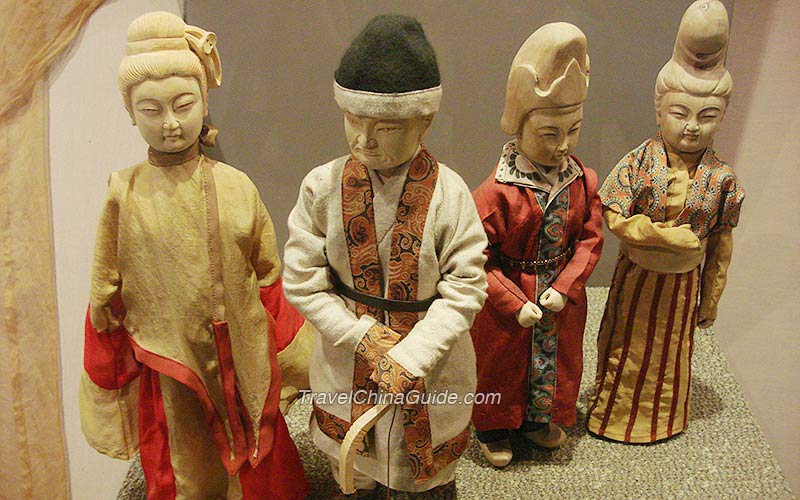Picutres of China National Silk Museum

Costume of the Sui Dynasty and Tang Dynasties (581-907): the Sui and Tang Dynasties are the most brilliant chapters in the history of ancient Chinese costume. The Tang Dynasty absorbed exotic fashions from the traders who piled the Silk Road. Of great influence was 'Hufu', a style of dress characterized by narrow sleeves and long trousers, which before long replaced traditional Chinese robes. Chinese costume, especially women's wear, attained an unprecedented elegance at the time
China's National Silk Museum is the first specializing in silk, aiming to show the history and development of Chinese silk during the past 5,000 years. It is located on the south shore of West Lake, consisting of eight exhibition halls and housing exhibits from the Neolithic Age to the Qing Dynasty. Attraction Intro: China National Silk Museum
1 of 54 photos
- Last updated on Dec. 12, 2017 by Catherine He -




